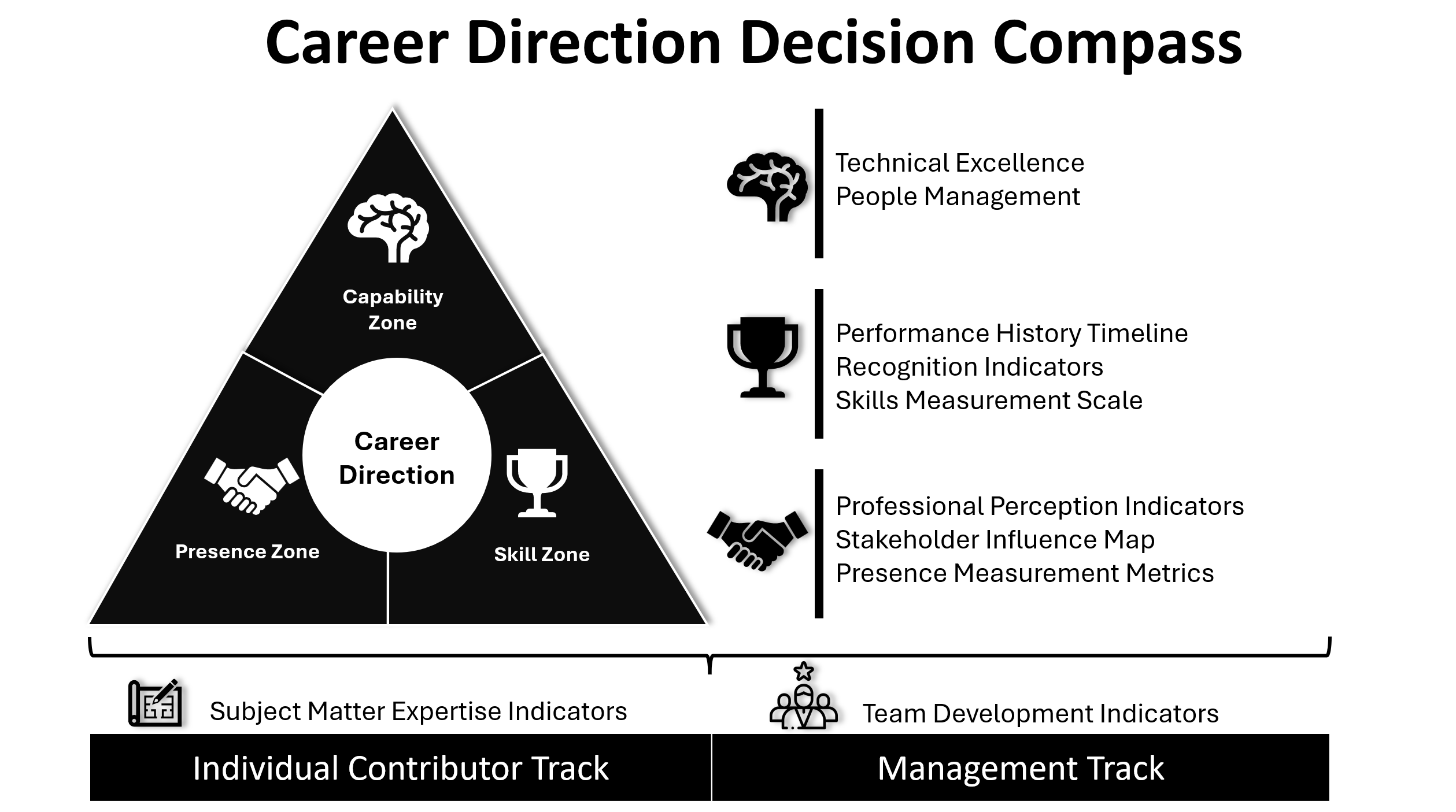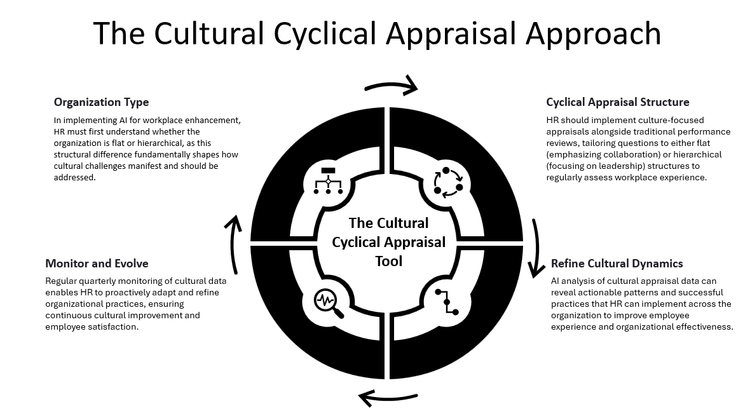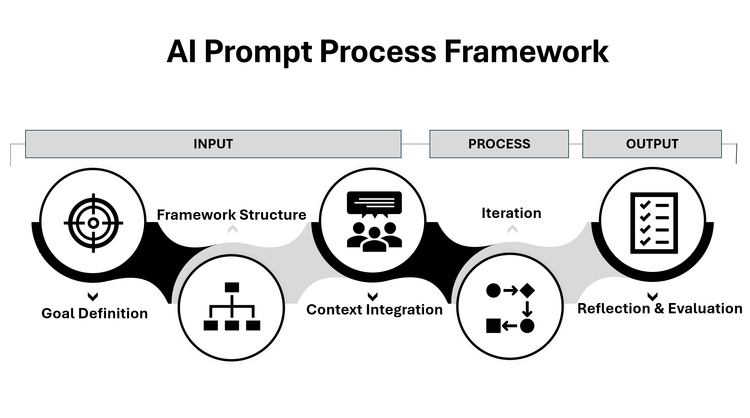Strategic Promotion Decisions: Aligning Strengths, Skills, and Presence

In corporate environments, professionals generally align with one of three categories:
1. Individuals who excel as subject matter experts and consistently deliver results.
2. Individuals who excel at managing and enabling others to deliver results.
3. The rare few who demonstrate excellence in both domains.
While this distinction appears straightforward, it is rarely visible at the point of recruitment. Job descriptions and interviews often emphasize potential rather than context. It is only once an individual is embedded in a role—navigating organizational dynamics, stakeholders, and performance expectations—that their natural strengths and preferences emerge. This insight becomes especially significant when preparing for promotion. By this stage, an individual has:
• Gained clarity on the scope of their current role.
• Engaged with stakeholders across different levels of the organization.
• Observed and learned from their manager’s approach to leadership.
Collectively, these experiences provide valuable data for determining the appropriate path forward. The decision is not simply about readiness for advancement; it is about alignment between one’s demonstrated strengths, organizational expectations, and long-term career vision.
A Structured Framework for Decision-Making
To approach this decision strategically, professionals can evaluate themselves along three dimensions using the Career Direction Decision Compass:

1. Capability
• Do you consistently deliver results through your own technical or functional expertise?
• Or do you generate greater value by orchestrating the efforts of others?
2. Skill
• What themes consistently emerge from performance appraisals?
• Are you recognized for mastery, precision, and execution (IC), or for coordination, delegation, and influence (Managerial)?
3. Personal Presence
• How are you perceived in professional settings?
• Are you primarily sought out as the subject matter expert, or are you looked to as the individual who guides alignment and drives decision-making?
These dimensions create a framework for reflection, ensuring that promotion decisions are grounded in both evidence and aspiration.
Case Study: HR Project Manager in a Global Technology Firm
To illustrate, consider the example of Ama, an HR Project Manager at a multinational technology company. Ama manages projects such as requisition implementations and employee experience initiatives. She is being considered for promotion, with two possible paths:
• Senior HR Project Manager (Individual Contributor)
• HR Program Manager with direct reports (Managerial)
Scenario A – Individual Contributor Path
• Capability: Ama consistently excels in execution and problem-solving, particularly during complex system integrations. She demonstrates less ease with delegation.
• Skill: Appraisals emphasize her stakeholder management, accuracy, and reliability. She is acknowledged more for technical depth than for leadership qualities.
• Presence: Stakeholders view her as the “go-to” expert for systems knowledge and process clarity.
Outcome: Pursuing the Senior HR Project Manager (IC) role enables Ama to deepen her expertise, strengthen her technical credentials, and position herself as a future HR Systems Architect or subject matter authority.
Scenario B – Managerial Path
• Capability: In recent projects, Ama has excelled at orchestrating multiple work streams across HR, IT, and external vendors. She derives more energy from alignment than from detail execution.
• Skill: Feedback highlights her progress in delegation and her ability to re frame updates into business outcomes. Peers recognize her capacity to coordinate and influence.
• Presence: Within leadership forums, Ama is increasingly the voice rallying teams and driving resolution. Senior leaders note her emerging executive presence.
Outcome: Pursuing the HR Program Manager (Managerial) role leverages Ama’s growing leadership capability, prepares her for managing people, and sets her on a path toward senior leadership roles such as HR Director or Head of People Operations.
Comparative Framework

Final Consideration
This case study demonstrates that a single professional may be positioned credibly for either career path. The decision hinges on which strengths they choose to emphasize, which growth areas they commit to developing, and how these align with their long-term vision. The most effective professionals move beyond asking “Am I ready for promotion?” and instead reflect on the more strategic question:
“Which promotion aligns with the career I intend to build?”
Promotions refine careers; they do not define them. The true measure of success lies in clarity—selecting the path that provides the most sustainable and fulfilling trajectory.





Member discussion